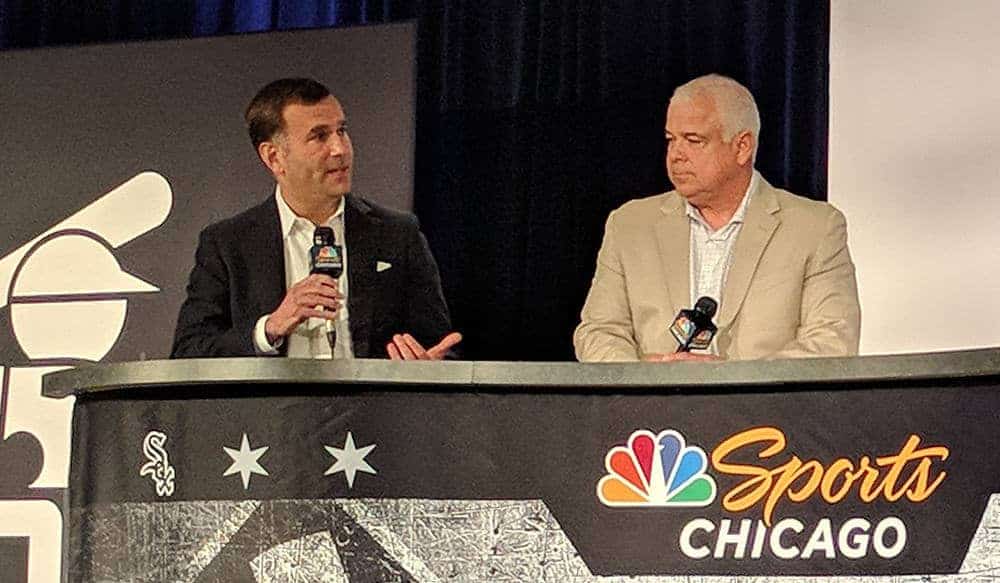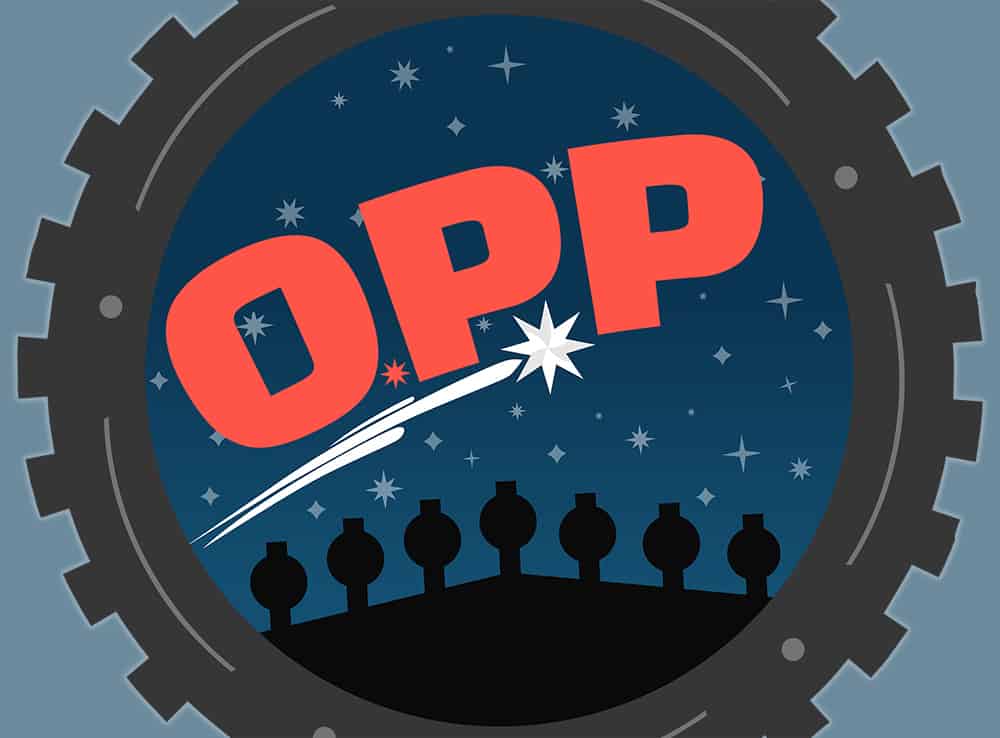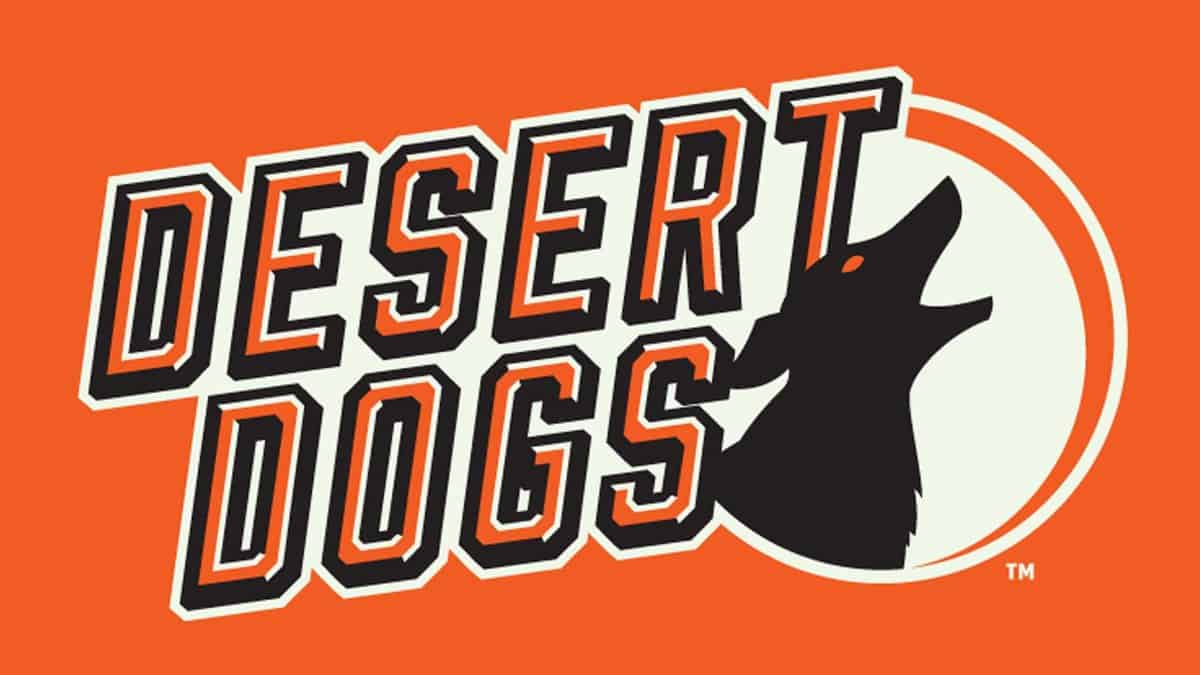To conclude our look at players who might fill the gaping chasms on the White Sox roster, we turn to starting pitcher.
In addition to right field and DH, Rick Hahn indicated that he’d like to add two established major league starters this winter. That makes sense, since the 4th and 5th spots in the rotation were filled by (*deep breath*) Dylan Cease, Ross Detwiler, Dylan Covey, Manny Banuelos, Carlos Rodon, Hector Santiago, Ervin Santana, and Odrisamer Despaigne, who combined for (*horrified gasp*) a 6.80 ERA in 339 innings.
Yeesh.
The good news from 2019, obviously, is that Lucas Giolito made steps towards becoming a legitimate ace. Reynaldo Lopez was at least able to take the ball every 5th day for a second consecutive season, and Cease graduated to the majors despite uneven results. Those three are probably guaranteed rotation spots assuming good health. Who else can the Sox look at for the two remaining starting slots?
IN-HOUSE OPTIONS
Covey, Dane Dunning, Michael Kopech, Rodon, Jonathan Stiever
Kopech will definitely get starts at some point this season and Rodon is likely to join him, assuming that they complete their rehab assignments without issue. However, Hahn has said that he doesn’t want to count on Kopech to begin the season in the majors, while Rodon won’t return until midseason at the earliest. The same goes for Dunning, who has yet to pitch at AAA and hasn’t made an appearance anywhere since June 2018.
Covey will likely be around again as depth; let’s all pray the Sox don’t have to use it. Stiever was the breakout prospect of 2019 and will start 2020 in Birmingham. He’s nice depth to have for the second half of the season, but is more realistic as the 8th man on the depth chart than the 4th or 5th.
FREE AGENTS
This year’s free agent class is inarguably weaker than last season’s, but luckily starting pitcher is where it’s deepest. I’ve sorted the options into tiers based on their 2019 seasons, with the caveat that I eliminated pitchers who I think will end up signing minor league deals (your Clay Buchholzs and Trevor Cahills, etc.) The Sox need actual solutions for the back of the rotation, not Ervin Santana-style open questions.
Elite (6+ wins): GerritCole (7.4 fWAR)
If you’ve been watching the playoffs, you know that Gerrit Cole is an absolute beast. I talked about this on my podcast: he throws 98, his breaking stuff defies physics, and he’s been extremely durable throughout his career.
There’s some small risk that he might regress outside of Houston’s pitching lab, but that won’t stop him from getting the biggest contract ever for a pitcher. There are few players of his quality in the league, period. Even with teams like the Yankees, Angels, and Astros likely in on him, I’d go all out to bring him to Chicago if I ran the White Sox. (Ed. note: Greg doesn’t run the White Sox.)
All Stars (4-6 wins): JakeOdorizzi (4.3), Hyun-Jin Ryu (4.8), Stephen Strasburg (5.7 – player option),Zack Wheeler (4.7)
This isn’t a bad second tier. Strasburg is the biggest name and best pitcher here. He’ll probably opt out, but I’d be surprised if he left the Nats. They’re built around a rotation featuring him, Max Scherzer, and Patrick Corbin, and the front office already faces the possibility of losing Anthony Rendon. I think he sticks in D.C., especially if they win the World Series.
Ryu has been important to the deep-pocketed Dodgers and is represented by Scott Boras, so those facts probably combine to take him off the White Sox’s radar. He’s also fragile, so he’s unlikely to eat as many innings as the Sox need. Unless his market is extremely slow, I don’t think he’s a great fit.
That leaves Odorizzi and Wheeler. Both are 29-year old former top prospects coming off solid seasons. Wheeler has the stronger track record in terms of pure performance, accumulating 8.9 fWAR with excellent peripherals in 377 2/3 innings over the last two years. However, he only threw 86 1/3 innings from 2015-2017 and will always be a health risk. Odorizzi significantly upped his strikeout rate in 2019, going from dependable innings muncher to solid #2 starter in the process. He remained a fairly extreme fly ball pitcher though, and with just one All-Star caliber season on his resume, I’d rather bet on Wheeler’s plus fastball/slider combo than Odorizzi’s change-up heavy approach.
Above Average (2.6-4 wins): Homer Bailey (2.9), Madison Bumgarner (3.2), Kyle Gibson (2.6), Michael Pineda (2.7), Jose Quintana (3.5 – team option)
From 2014-2018, Homer Bailey was worth 2.8 fWAR. In 2019,Homer Bailey was worth 2.9 fWAR. Baseball, huh?
Bumgarner is no longer an ace, but remains a very effective pitcher. He shook off health problems in 2017-2018 to throw 207 2/3 innings last year, and is still only 30 despite ten full major league seasons. I would be very happy if the Sox slot him in behind Giolito. I’d also be very happy to welcome back Quintana, but I imagine the Cubs will pick up his option, if only for their lack of alternatives.
Pineda and Gibson were both solid for the Twins in 2019; if I had to put a bet on the Sox signing one guy this offseason, it might be Gibson. He just seems like a White Sox in some ineffable way. But honestly, it wouldn’t be the dumbest plan in the world to sign Gibson AND Pineda AND Odorizzi away from Minnesota… forcing the division favorite to fill three rotation holes would be nearly as impactful as the Sox filling three themselves.
Average (1.5-2.5 wins): Brett Anderson (2.0), Cole Hamels (2.5), Wade Miley (2.0), Ivan Nova (2.0), Martin Perez (1.9 – team option), Rick Porcello (1.8), Tanner Roark (2.0)
We’re officially in Ivan Nova territory, which means it’d be disappointing if the Sox sign any of these guys as a “solution” rather than rotation depth.
Hamels is probably still the best of this bunch despite entering his age-36 season; he’s quietly averaged 2.4 fWAR in 170 1/3 innings per season since 2016. Porcello, meanwhile, has been average to slightly below since winning the Cy Young in 2016. On the other hand, he’s extremely durable, having missed only three starts due to injury over an 11-year career. One question for either: will they accept a bullpen role if they're supplanted by Kopech or Rodon at some point in 2020?
Roark has improved his peripherals since his Nationals days, but the results have gotten worse thanks to a worrisome jump in HR rate. He’ll likely give 180 innings, but I wouldn’t count on them being above-average at Guaranteed Rate Field. Miley has been quite effective the last two seasons for the Brewers then Astros, and Made Wiley is a HOF-level spoonerism. He seems like an ideal swingman.
Anderson is Porcello’s diametric opposite, with just three healthy seasons in an 11-year major league career. One of them was last year and he was fine, but the injury history makes him more of a 6th starter than a 4th. I’ve never been a fan of Perez and won’t be converting now after a 5.12 ERA in 2019.
Below Average (Less than 1.5 wins): Chris Archer (0.7 – team option), Andrew Cashner (1.8 – team option),Jhoulys Chacin (-0.1), Gio Gonzalez (1.4), Matt Harvey (-0.3), Rich Hill (0.9),Dallas Keuchel (0.8), Collin McHugh (0.5), Julio Teheran (1.6 – team option),Jason Vargas (1.8 – team option), Michael Wacha (-0.2), Alex Wood (-0.2)
I might actually be more interested in this tier than the last, despite warts all around.
Archer carries one of the more interesting team options this offseason. He’s been pretty bad for Pittsburgh, but the Pirates gave up three potential stars in Austin Meadows, Tyler Glasnow, and Shane Baz to get him at last year's trade deadline. That deal seemed questionable at the time and looks brutal in hindsight… is it worth $9 million for the rebuilding Pirates to try and recoup some value? If they do retain him, he becomes an interesting buy-low trade candidate.
There are several other former All Stars in this tier. Keuchel was pretty solid in his half-season with the Braves, and fits better with the Sox now that he won't have a qualifying offer. Gonzalez pitched similarly for the Brewers and will likely come cheaper. Wacha and Wood are both young enough to be intriguing swingmen with upside. Teheran has regressed over the last three years, mostly because he can’t find the strike zone often enough, but can still eat innings. Harvey sadly seems to be a lost cause, but it wouldn't be surprising if teams keep taking chances on him.
Rich Hill still has electric stuff when he can take the mound, but that’s not quite often enough for the Sox’s needs. He’s a better fit on a team that can try to save him for the postseason. Chacin, Cashner, and Vargas are extremely uninspiring but probably still count as upgrades on Covey and Detwiler. I like McHugh as another swingman option, but his season ended with elbow problems so who knows what that means going forward.
THE TRADING BLOCK
Matthew Boyd (3.3), Dylan Bundy (2.5), Johnny Cueto (0.0), Danny Duffy (1.3), Marco Gonzales (3.7), Jon Gray (2.9), Clayton Kershaw (3.4), Mike Leake (1.0), Joe Musgrove (3.3), David Price (2.3), Robbie Ray (2.4), Jeff Samardzija (1.5)
The big question here is whether any of these pitchers (or whatever comparable names out there that I forgot) are worth giving up prospects, with similar pitchers available on the free agent market. However, a savvy trade could save the Sox some cash without meaningfully hampering their farm system.
Kershaw is a huge name and it would be very strange to see him in another uniform. But someone will have to pay a price for the Dodgers’ most recent playoff flameout, Dave Roberts is already returning, and L.A. fans have (somewhat unreasonably) gotten tired of their ace. He has two years left on his deal at $31 million apiece; if the Dodgers want to get off his salary I’d be willing to eat the money in exchange for a shorter term commitment than someone like Bumgarner.
Price and Cueto are in similar boats. The Red Sox want to shed money, but Price is older than Kershaw, not as good, and costs $96 million over three seasons. Boston will most definitely have to offset his salary to move him. Meanwhile, Cueto has two years plus a team option left at $22 million per season. He’s a huge risk to ever recapture his ace form coming off Tommy John surgery.
Of the youngish guys currently going through arbitration, Boyd has the best statistical profile, with a 30.2% K rate and 6.4% BB rate in 2019. To acquire him, the Sox would have to answer two questions: Have the Tigers learned their lesson from hanging onto Michael Fulmer for too long? And can he be had without a top 100 prospect?
Bundy is remarkably only 26 years old. With his prospect pedigree and peripheral stats, you’d think he’d be an easily above average pitcher. However, home runs have always been a bugaboo that keep him more in the 4th starter range. That’s about where Duffy lands these days as well, as he’s regressed heavily since Kansas City’s World Series runs.
Ray has the stuff to put up down-ballot Cy Young seasons,but his control is inconsistent and he comes with only one year of teamcontrol. He’s probably not worth what it would cost to get him from aquasi-contending Arizona team.
I’m curious how available Gonzales, Gray, and Musgrove are, since all three of their organizations are kind of unpredictable. I like the idea of betting on Gray’s upside, but Gonzales is probably more likely to move. He’s been good the last two years, despite carrying an extremely low strikeout rate for a pitcher in the 20teens.
Leake and Samardzija are unremarkable, but each will take the ball until their arm falls off. In Shark’s case, some Sox fans might actually be rooting for that to happen.
That's it for our offseason shopping list. Obviously the Sox may not stick exactly to the three positions I profiled and there are more questions left to answer -- Is Yasmani Grandal a real option? Will they add to the bullpen?
But I look forward to reading the creative ways in which Sox Machine readers build their rosters when the Offseason Plan Project launches this weekend -- perhaps even more than I'm looking forward to the ways in which the actual White Sox will eventually underwhelm us all!
(Sorry Rick, just a little gentle ribbing. Please sign Gerrit Cole.)





